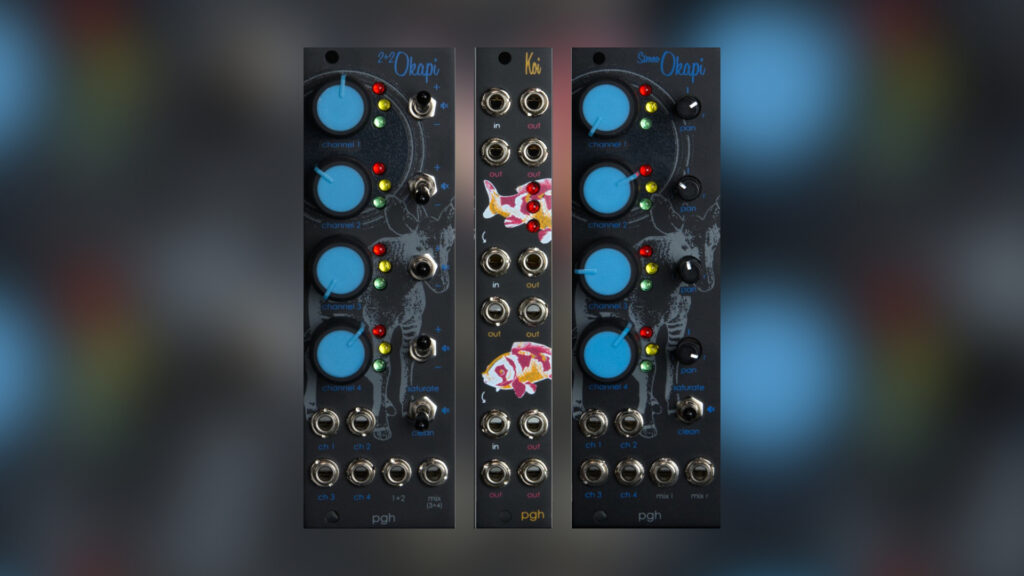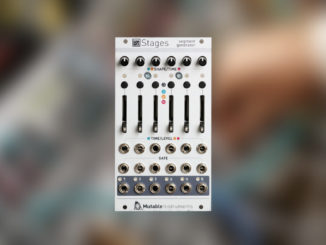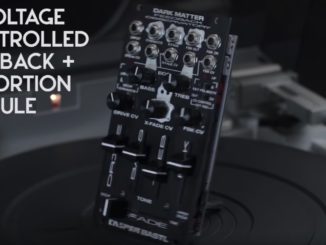Pittsburgh Modular has released the Safari Series 6 with 3 new modules that dedicates to fish and the sound character of vintage mixers.
There are new modules almost every day. From all-analog to digital, there is something for everyone. The very colorful modules from the US-based company Pittsburgh Modular have particularly caught my eye over the past few months. THe ones from the Safari series with which the developers want to show us which concepts they are currently working on.
These are always only available in limited quantities because they are not market-ready products but are experimental designs straight from the sound laboratory desks.
Pittsburgh Modular Safari Series 6
Today Pittsburgh Module introduced the Safari Series 6 dedicated to fish and the sound character of vintage mixers. Like the previous series, the sixth also stands out with a very unusual, colorful interface design, which is immediately noticeable among 100 different modules.
The Safari Series 6 consists of three new modules: two new mixers (2+2 Okapi Mixer + Stereo Okapi Mixer) and the Koy buffered splitter.
2+2 Okapi Mixer & Stereo Okapi Mixer
Both new Okapi mixer modules follow the same vintage concepts but have different connection layouts. Both modules add a vintage console vibe to sounds by using soft compression and saturation to glue the mix together, says Pittsburgh Modular.
Then, they include per-channel LED monitoring and two mixing modes. Clean and saturate mode. The clean mode uses the mixing circuit of the SV-1 for a transparent mixer character. It harmonizes well with both audio and CV signals.
On the side, the saturated mode adds soft compression and saturation to the mix. It works great for subtle manipulation or is also more intensive for drawing additional harmonics out of the mix. There is also a global mute on both versions.
Now the differences. The 2+2 Okapi offers a mute and phase switch for each channel, and the top two channels can be split off. This allows you to use the mixer as two independent mixers. That’s a handy and clever addition. The Stereo Okapi has a pan pot for each of the four channels. Plus, you get left and right output sockets. It suits for an output mixer or a sub-mixer for drums.
Koi
With the third module, its gets fishier but only visually. Koi consists of three chained buffered multiples in a single module. Each section has a dedicated LED for instant visual feedback. A very simple module to split signals. There are many multiples on the market but this is probably one of the most beautiful available.
Very happy to see that the colorful Pittsburgh Modular Safari series continues with more unique modules with still “unfinished” concepts.
Pittsburgh Modular Safari 2+2 Okapi and Stereo Okapi are available now for $149 each, Koi is $99. As usual, also the Safari 6 is limited in quantities, and production has been limited to 200 units for each module.
More information here: Pittsburgh Modular





Be the first to comment